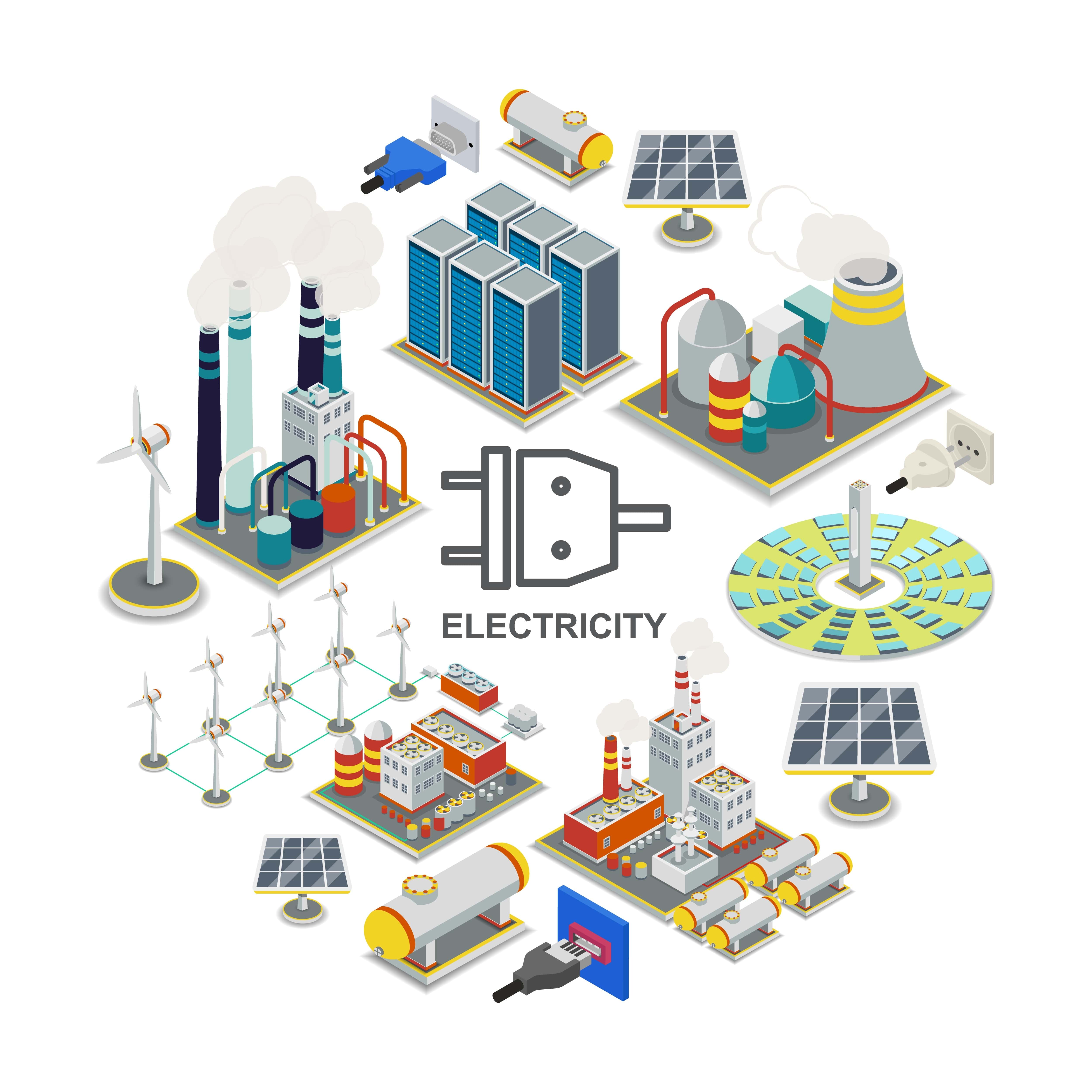In the relentless pursuit of sustainability, supply chain management is witnessing a paradigm shift towards eco-friendliness. Today, responsible corporations understand that promoting environmentally conscious practices extends beyond the final product. Instead, it encompasses every aspect of the supply chain
including the energy usage of manufacturers.
This revolutionary approach, known as bottom-up control, involves scrutinizing a manufacturer's energy sources to determine its eco-friendliness, thereby ensuring a win-win situation for all stakeholders involved.
One of the critical elements of bottom-up control is assessing the energy sources used by manufacturers. By verifying that a manufacturer solely relies on clean and renewable energy, such as hydro power, businesses can make informed decisions and collaborate with environmentally conscious partners.
This level of transparency fosters trust and aligns the supply chain with a sustainable vision for the future.

Environmental Impact: Opting for manufacturers powered by renewable energy significantly reduces the carbon footprint of the supply chain. This not only helps combat climate change but also showcases the corporation's commitment to preserving the planet for generations to come.Competitive Advantage: In a world where consumers prioritize eco-friendliness, companies that implement bottom-up energy control gain a competitive edge. They can effectively market their products as sustainable and attract environmentally conscious consumers.
By partnering with manufacturers using renewable energy, businesses can reduce exposure to potential risks associated with reliance on fossil fuels. This proactive measure safeguards the supply chain against fluctuations in energy prices and regulatory changes.
Employees, shareholders, and investors increasingly seek companies that align with ethical and sustainable practices. Demonstrating a commitment to eco-friendliness through bottom-up energy control can boost stakeholder engagement and foster positive relationships.